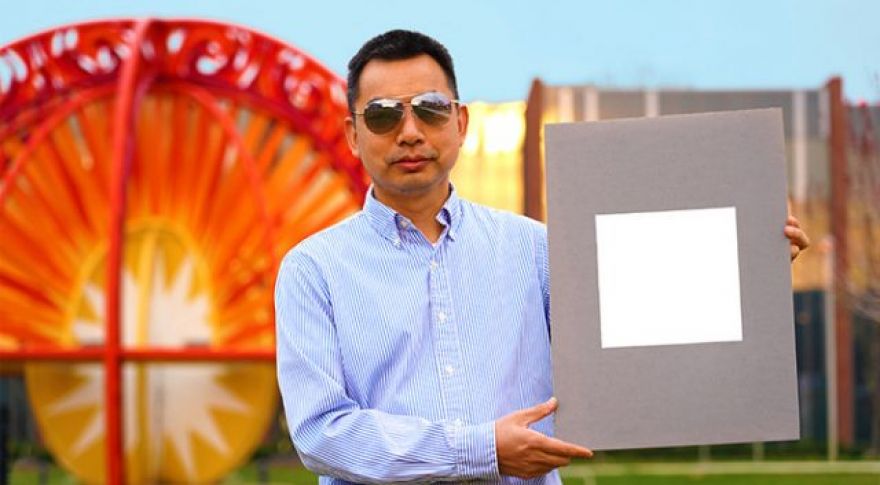
Researchers Develop Whitest Paint Ever to Combat Climate Change
You’ve probably heard of , the darkest color black in the world that can absorb 99.9 percent of light. Now, researchers from Purdue University have created , which can reflect almost as much light. Aside from being a neat technical feat, the team believes the new white paint could help address climate change by saving loads of power.
Purdue engineers didn’t come out of nowhere with the whitest white ever — they announced a record-setting white color in October of last year, too. That one reflected a paltry 95.5 percent of light, but the new formulation ups that to 98.1 percent.
Anyone who’s worn black on a sunny day knows that black materials absorb heat, and white ones reflect it. The team tested the new super-white paint in various conditions to see how much it could cool itself compared with the local environment. In direct sunlight, the new white paint kept surfaces 8 degrees Fahrenheit below their surroundings. At night, it reduced the painted surface’s temperature by 19 degrees Fahrenheit. It even works in cooler environments — with an ambient temperature of 48 degrees Fahrenheit, it managed to reduce surface temperature by 18 degrees.
An infrared camera shows how a sample of the whitest white paint (the dark purple square in the middle) actually cools the board below ambient temperature, something that not even commercial “heat-rejecting” paints do. (Credit: Purdue University/Joseph Peoples)
The key to making super-reflective paint is to choose the right pigment. Commercially produced white paints usually only reflect 80-90 percent of light. The team settled on barium sulfate as the main paint constituent because it has high reflectivity and can form particles of different sizes. This allows the super-white paint to reflect more wavelengths of light, thus making it whiter and cooler. However, the researchers had to tinker with the formulation to ensure there wasn’t too much barium sulfate clumping together. That could cause the paint to crack and peel prematurely.
Purdue’s research foundation has applied for patents on the paint, which its inventors would like to see applied to buildings to save power. They say it might be possible to cool buildings entirely with super-reflective white paint. Replacing darker materials on roofs in urban areas could also potentially lower ambient temperature, reducing energy usage even more. The paint formulation is compatible with current industrial paint manufacturing technology, so this could be an achievable goal.
Now read: